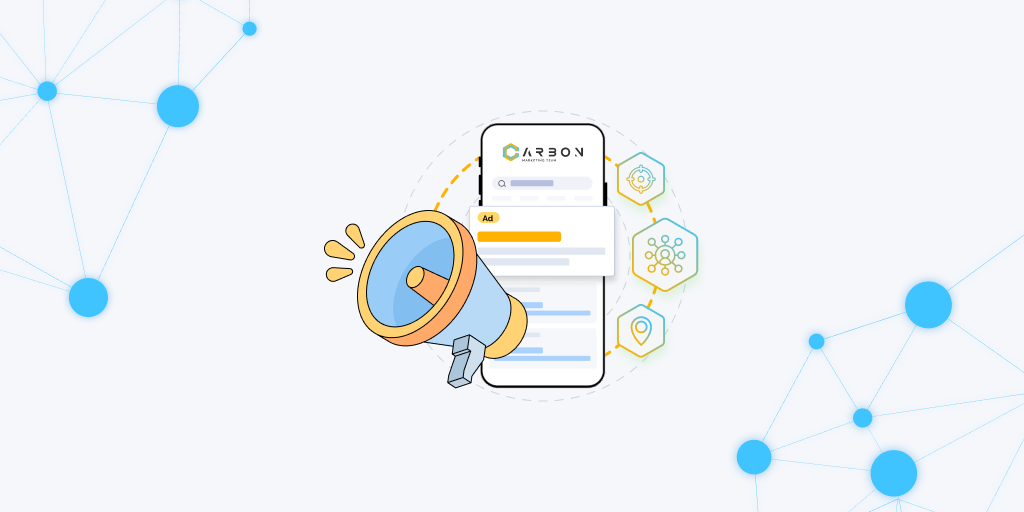What is Marketing Segmentation?
To understand Marketing Segmentation, let’s start with the meaning of segmentation, a division into separate parts or segments. Now from segmentation, marketing segmentation simply put is dividing your target market into sensible, reachable segments.
Marketing segmentation allows marketers to create subsets of a market based on various distinctions: needs, demographic, geographic, firmographic, psychographic, behavioral to name a few. No two customers are the same, but the similarities among them enable us, marketers, to group them together in these types of segments. Knowing your market, and understanding your segments will enable you to leverage this targeting across your business, in your products, within sales, and certainly within your marketing strategies.
Types of Marketing Segmentation
When it comes to segmentation, it’s vital to know the differences between them. Likewise, it is just as important to be aware of how and why specific segments should be used within your marketing.
Demographic Segmentation
You can segment a market based on demographics to serve different types of customers. Age, gender, income, education, and occupation are the most common demographics used in segmentation. Demographic segmentation is extremely common form of segmentation used by marketers. Each of these characteristics has the potential to influence the customer’s purchasing decisions.
Geographic Segmentation
Another popular form of segmentation is based on geographic location. Geographic segmentation based on your audience’s location is the most relevant to marketers because it allows them to make decisions that impact their overall targeting.
Geographic segmentation can be broken into 5 distinct types: neighborhood, city, state, country, and region. Each type of segmentation has different implications that can directly affect how you communicate with your customers. (A bonus, knowing their location means you know the best time to contact them too!)
Firmographic Segmentation
Firmographic segmentation uses criteria that are related to the company or “firm” and not the customer. By doing so, you are able to break down your target market into smaller units based on a firm’s size, location, industry, and economic factors. Not only does this help you with your marketing strategy, but it also helps you with pricing your product, promotions, and other business strategies.
LinkedIn is a great place to dip your toes in the water with firmographic segmentation, as it’s the easiest source for rich information on companies and they’re employees without spending money. Now, if you chose to spend money. you unlock even greater access,
Psychographic Segmentation
Psychographic segmentation is a method of segmenting a market based on the psychological characteristics of consumers. This method of segmentation is used to explain the psychological motives behind why consumers behave the way they do. Psychographics, therefore, is the personality of the consumer.
Marketers use psychographic segmentation to better target their audience. It’s often used in tandem with other forms of segmentation, such as demographic and geographic segmentation. Psychographic segmentation allows marketers to create segments around what motivates the consumer, not just what the consumer wants or needs.
Behavioral Segmentation
Behavioral segmentation is a type of marketing segmentation based on customers’ purchasing behavior. The best way to explain it is that it’s a way to analyze data and create a segment of the market that reflects the buying habits of a particular group of customers. Behavioral marketing segmentation can help marketers understand consumers’ motivations and behaviors.
This type of segmentation is helpful in making decisions about product development, pricing, and distribution. The idea is that if marketers can identify a particular behavior among customers it will help them find ways to make them more loyal to their products.
The Benefits of Segmentation
Marketing Segmentation creates advantages for your company in very distinct ways. From targeting in your marketing to curating your product offerings to specific niches, segmentation opens up doors across your business.
Some of the core benefits include:
1.) Targeted digital advertising: Marketing segmentation enables you to understand and define your audience’s characteristics, these can then be used across ad platforms to target your specific customer.
2.) Effective marketing strategies: Knowing your audience means, doing away with generic, bland, catch-all ads. You can now reach and speak to a defined group of people in the medium most native to them.
3.) Stronger marketing messages: Writing for your audience becomes much clearer when you know who’s reading it. Crafting a message that resonates with your audience is vital to success.
4.) Identifying niche markets: Through the segmentation of your audience you’re likely to find smaller niches within your overall market – catering to the needs of these niches can prove very lucrative.
5.) Attracting the right customer: When you know who your audience is and make that distinction across your business, it has this magical effect of vetting irrelevant customers, while simultaneously attracting the right ones.
6.) Increased customer loyalty: By understanding your customers, providing beneficial solutions, and being a reputable trustworthy source, you set yourself up for returning customers.
7.) Product Development: By knowing your customer, you can anticipate their needs, and cater products or services to fit their business and the market respectively.
8.) Enhanced profitability: Different customers have different budget allocations, by pricing your product to the customer you can be sure you’re not over or underselling yourself.
Start Segmenting your Audience
Now that you understand the essentials of marketing segmentation, the next steps are to dive in. It’s time for you to assess the value you are providing with your product or service. Is there a need or desire for them? If so, who is it that wants them? Where are they located? Why is it that they need your services? Are you the right partner for these customers?
Get up-to-date on digital marketing terminology here
If you’re feeling overwhelmed, unsure, or simply need a team behind you to assist with these marketing efforts, schedule a marketing exploration with us today!
